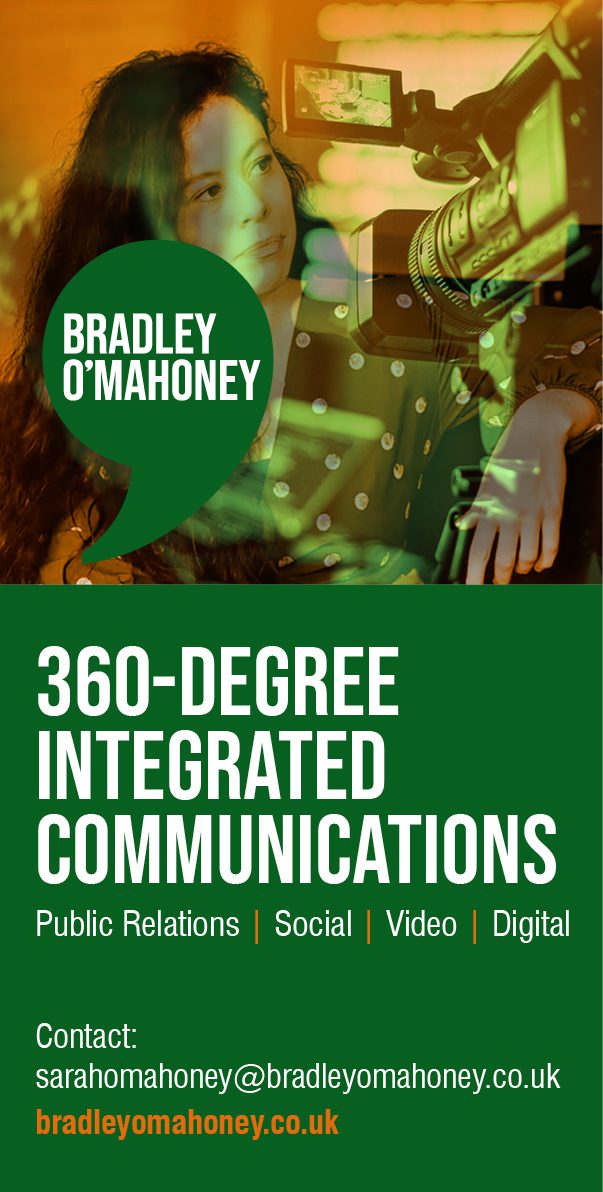Bryony Gibson, director of Bryony Gibson Consulting, explores the biggest barriers to recruitment and how to overcome them.
When speaking with clients, there is one question I am repeatedly asked: Why are we struggling to recruit?
It’s an ongoing challenge, and a topic for a good, honest conversation but, in the past month or two it has moved higher up the agenda as businesses seek to understand why they are not attracting the right candidates and more importantly, what we can do to find solutions.
Right now, there simply aren’t enough quality people to go around and, when your company is hiring, that means you can often find yourself sharing what you believe is an attractive opportunity, but you can’t seem to find the right person.
When recruitment is an add-on to your role and you’re struggling to fill a vacancy, it can be difficult to work out why, so I’ve pulled together my thoughts on the most common issues, and what you can do if you are in a similar position.
Speed
I cannot stress the importance of speed enough when recruiting. Not only does it create a good impression about the way your business operates, but it also shows you are interested in the candidate and decisive. This means you are less likely to lose out to another firm. The only potential drawback is if you move too fast without understanding how far along the “changing jobs” journey someone is, however, this can be overcome with some sensitivity.
The Interview
When someone attends an interview, if they don’t warm to the host, it doesn’t matter how good your company or the opportunity is. If people don’t like who they meet – and have options – they will not take the job. You need the first point of contact to be an enthusiastic advocate for your business. Someone who will put people at ease, can sell the opportunity and workplace well, and is confident, friendly and a good communicator.
This extends to the interview format and what works best. Consider how many people meet the candidate. You shouldn’t need more than two, as it makes the meeting less appealing for the candidate to open up and harder to create a personal connection.
Tests to quantify values or competency need careful consideration in terms of timing. If personality is key, you may want to assess before the interview. A technical test alongside an interview will unnerve many applicants, so is best managed carefully; with the reasons for the test explained.
Be Flexible with Experience
With the absence of the ideal candidate, my advice is to be flexible in the experience you consider. Have an open outlook toward training in some areas if you find a person who is the right fit culturally or has needs that require a certain level of flexibility on your part. As a guideline, I’d recommend you don’t dismiss a CV if it includes more than 60% of what it is you need.
Your Offer
What exactly is it that you are offering people and, perhaps more importantly, does it align with what they see as an attractive work-life integration? The answer may well depend upon your age and outlook. What was once typical is no longer desirable for many. If you want someone in the office 9 to 5, five days a week, you will struggle to fill your vacancy. Again, flexibility is key, as you may need to consider different working patterns just to measure up to your competitors.
You may note that salary has not been mentioned. It goes without saying that you need to be competitive and know what the market rate is, as, if you do, money is rarely the reason a candidate will turn a good opportunity down.
In a difficult market, with technical shortages that aren’t going away, you have to be realistic and open to changing your approach. Whilst there is no silver bullet to solve your staffing problems overnight, these key areas should certainly help.

